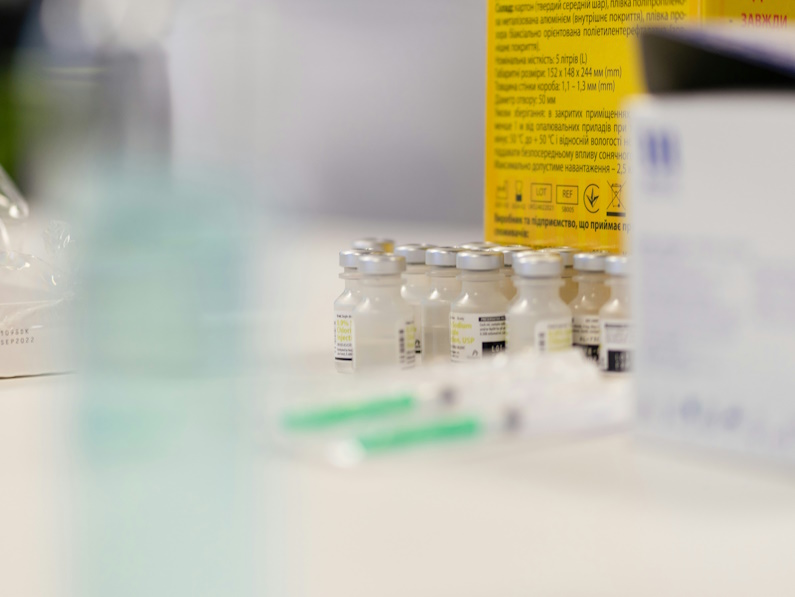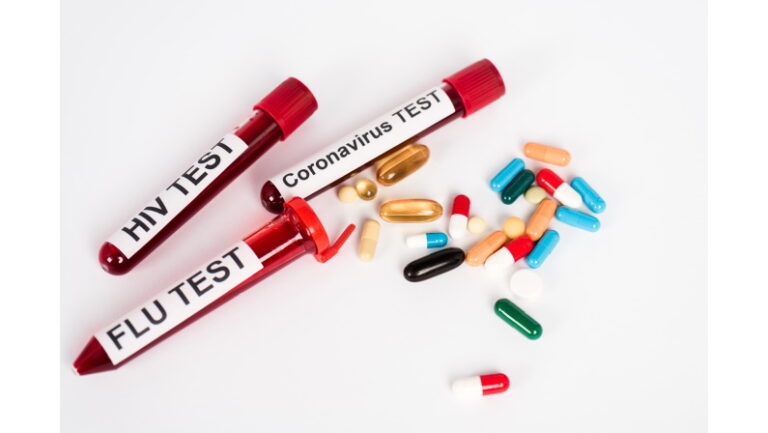According to the healthcare research firm 3 Axis Advisors, companies are implementing drug price increases on over 250 medications. Some of the increases include Pfizer’s COVID-19 medication Paxlovid, Bristol Myers Squibb’s cancer cell therapies, and certain Sanofi vaccines. The firm informed consumers that these price hikes will be implemented by the end of January.
Nearly all of the hikes are below 10%. The median drug price increases set to rise early this month is 4.5%. This figure aligns closely with last year’s median for all price increases, suggesting a trend rather than a sudden spike. It’s important to note that these increases refer to list prices, which can be misleading. They do not account for pharmacy rebates or other discounts that can affect what consumers actually pay at the counter. Therefore, while headlines about rising costs may seem alarming, the reality is more nuanced than it first appears. Still, 250 drug price hikes is an increase from the 140 drug brands expected two weeks ago.
Some prices are actually dropping slightly, such as Januvia and Janumet, two drugs for diabetes that are made by Merck.

Large Pharma Drug Price Increases
Notably, Pfizer raised prices on more than 60 medicines, including:
- a 3% increase on Paxlovid,
- between 3% and 5% on Nurtec for migraines, and
- cancer therapies Adcetris, Ibrance, and Xeljanz
Amy Rose, spokesperson for Pfizer, defended the news. She stated “Pfizer adjusted the average list prices of medicines and vaccines for 2025 below the overall inflation rate across many products.” She also mentioned that the price increases help support drug development costs.
Bristol Myers Squibb raised prices by 6% and 9% for Abecma and Breyanzi, two cancer cell therapies that already cost almost half a million dollars. However, a spokesperson for Bristol Myers Squibb pointed out that “the price is particularly reflective of its potential as a transformative treatment delivered in a one-time infusion.” Many remain unconvinced. Sanofi increased prices on about 12 vaccines.
It’s not surprising that medication prices in the U.S. are high; however, pharmaceutical companies have been under pressure about this for ten years. This scrutiny has forced drugmakers to rethink how they price their drugs. Antonio Ciaccia, President of 3 Axis, stated that “Drugmakers don’t have much real estate any longer to increase prices over time.” This means that higher launch prices are the way to go for them.

The United States Pays the Highest
In the US, consumers pay more for prescription medicines than anywhere else in the world. As we enter January, a month historically marked by price increases from pharma, additional hikes may be announced. Incoming President Donald Trump has pledged to middle-class consumers that he will aim to lower drug costs.
This raises eyebrows and questions about the ethics behind these decisions. Healthcare costs are already a burden for the majority of Americans. So, it’s difficult to accept that companies continue to increase prices on essential medications. As we look ahead, it’s crucial for consumers to stay informed about fair pricing practices in the pharma industry.
For more information about the drug price increases, visit Reuters drug price inflation.







